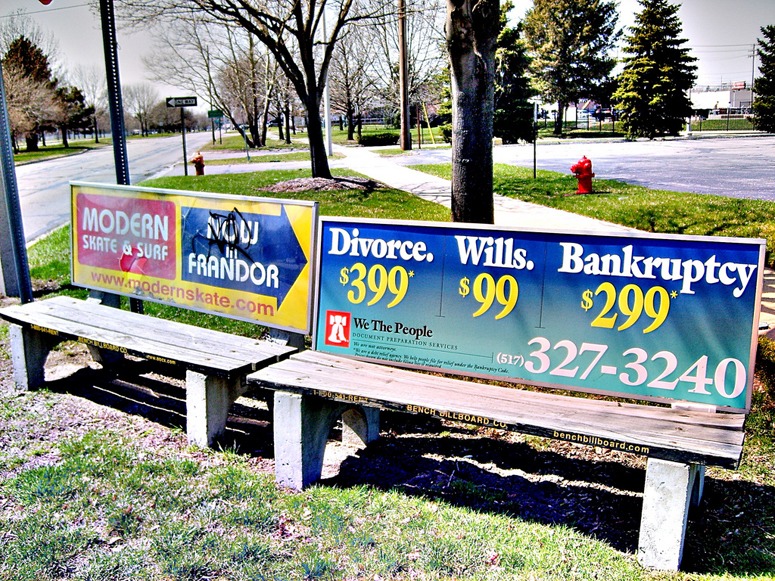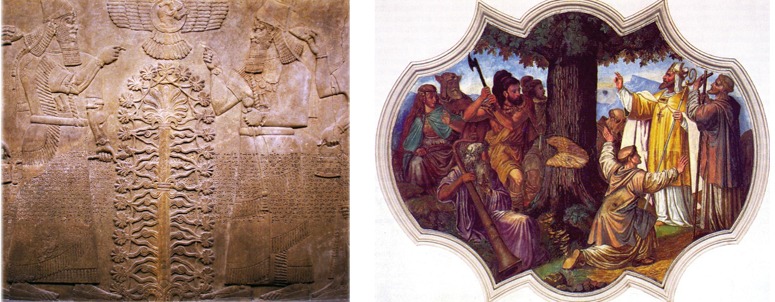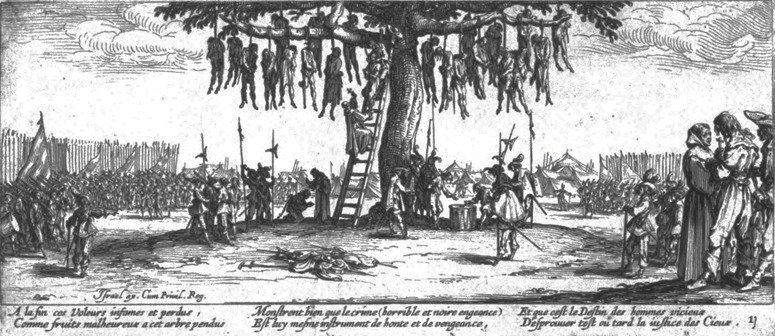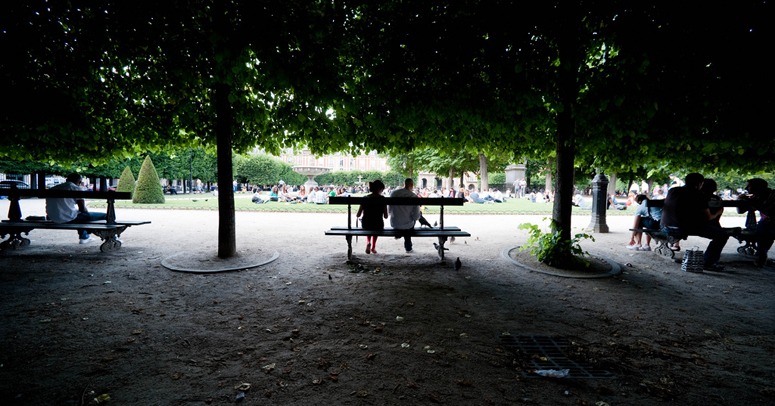The placing of benches and trees seems to bring out the worst in public authorities. Having created good SLOAP (= Space Left Over After Planning) they try to ameliorate the problem by calling up the landscapers and asking them to stick in a few benches and trees. Damn them! The correct policy is to treat urban trees not as ‘ornaments’ but as part of a multi-objective urban forestry programme. The objectives could and should include:
– improving the microclimate (eg by providing shelter and shade)
– improving views
– creating spatial containment
– helping to combat global warming
– producing fruit
– creating habitats for wildlife and increasing biodiversity
– producing firewood for local residents (eg from coppice trees)
– managing surface water (SUDS LID)
The below photograph shows Bryant Park in New York City. It was re-designed in the 1980s using ideas drawn from the greatest landscape planning theorist of the twentieth century: William H Whyte. The photographs shows urban seats which are NOT fixed in position, paving which is NOT sealed and trees which deserve the accolade ‘urban forestry’.
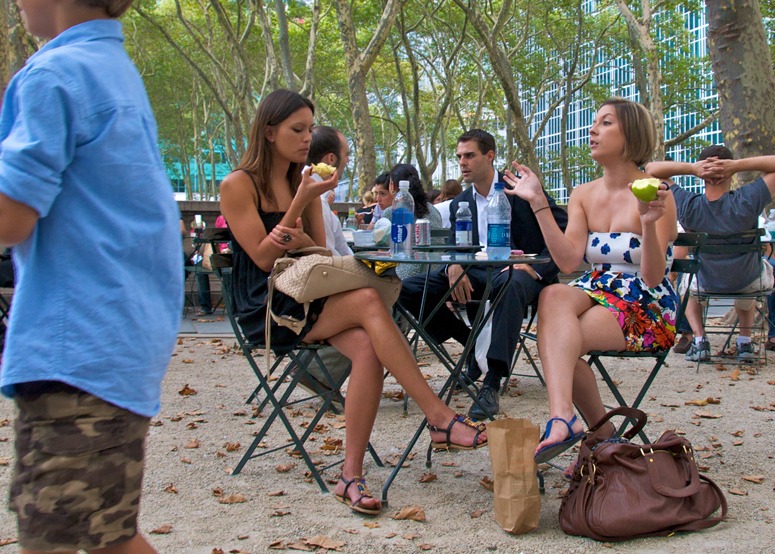
Top image courtesy RP Norris Lower image courtesy Ed Yourdon

